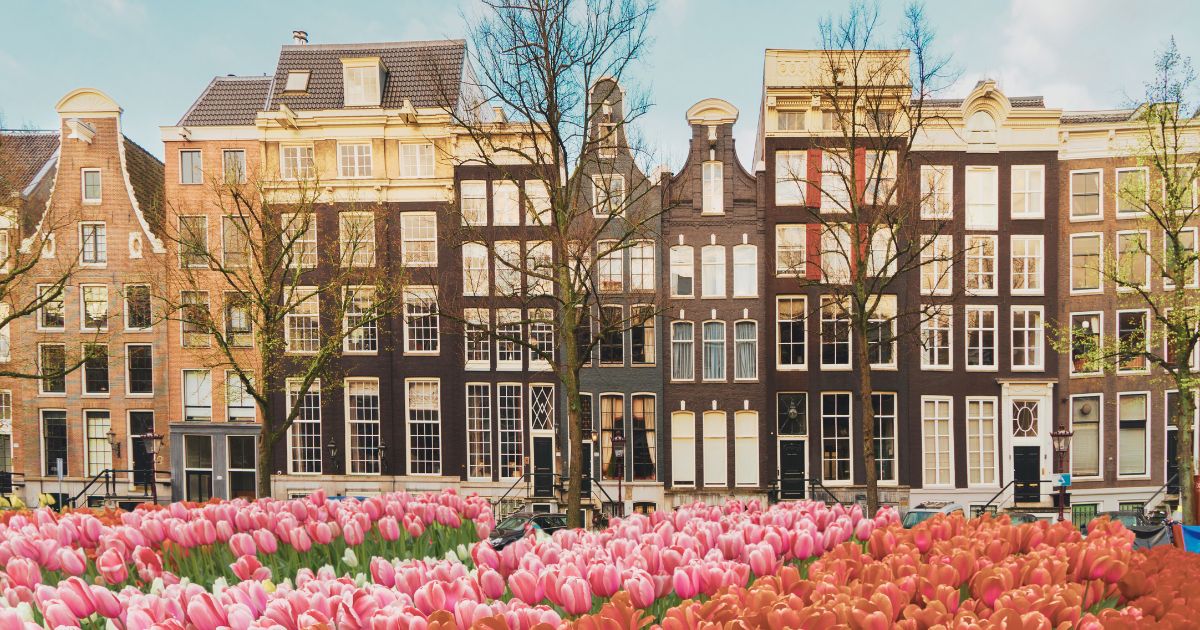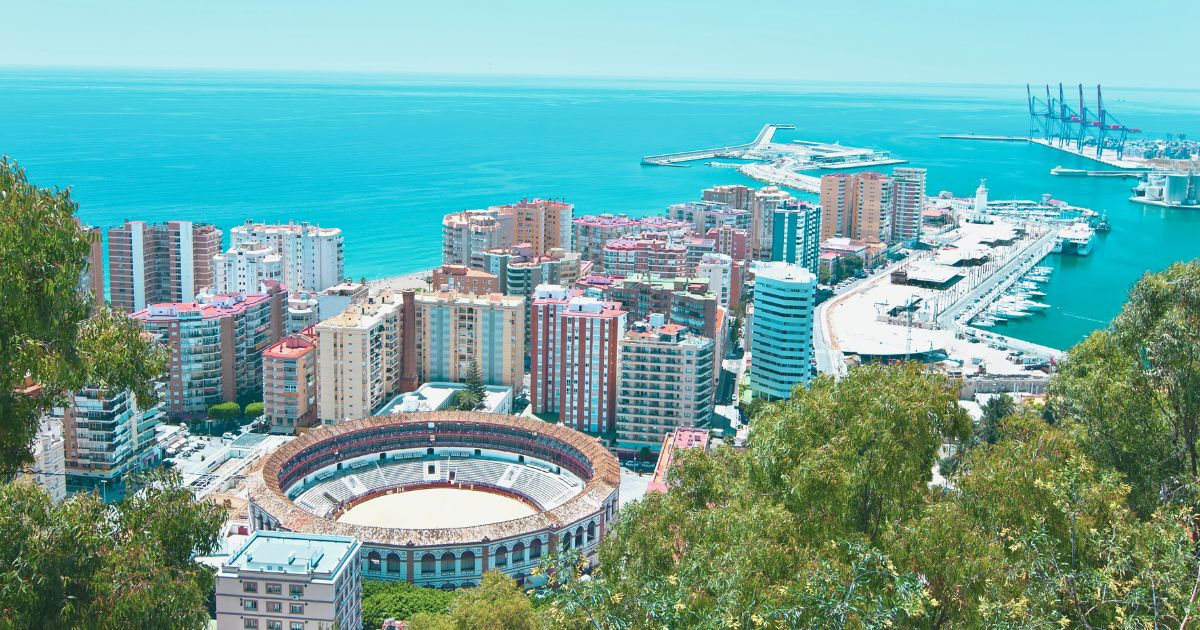Exploring Brazil’s lively cities, breathtaking coastlines, and lush rainforests is an unforgettable experience, and having the freedom to drive can make it even better. If you’re a digital nomad planning an extended stay, understanding the process for obtaining a driver’s license in Brazil is essential. Whether you’re navigating the busy streets of São Paulo or heading down the scenic roads near Rio de Janeiro, having the correct license ensures a smooth and legal driving experience.
This guide explains the requirements for driving in Brazil, how to obtain a Brazilian driver’s license, and tips for staying safe on the road.
Can foreigners drive in Brazil with a foreign license?
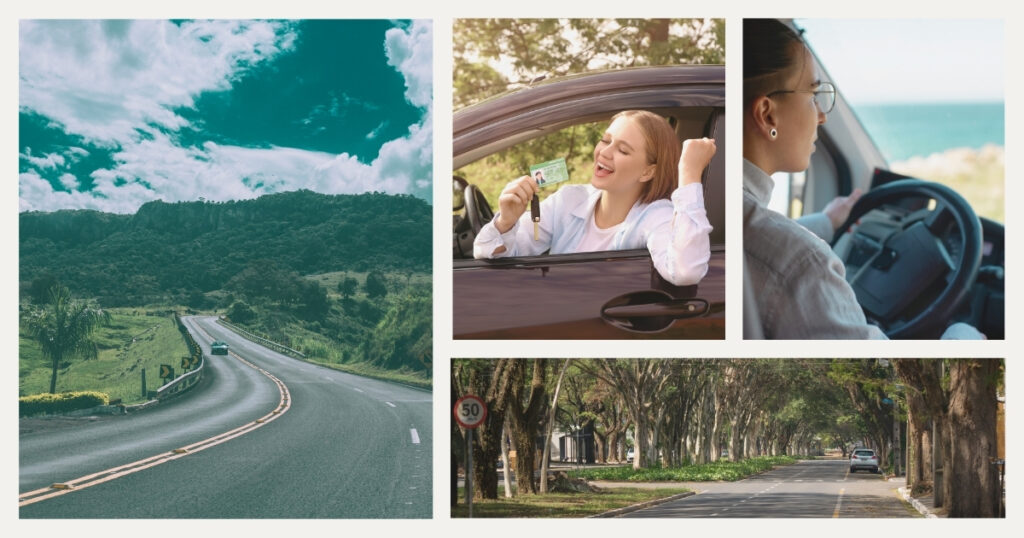
Foreigners can drive in Brazil using their valid driver’s license from their home country, but there are conditions.
Short-term visitors
If you’re staying in Brazil for less than 180 days, you can drive using your foreign license as long as it’s valid and accompanied by an International Driving Permit (IDP). The IDP translates your license into Portuguese, making it easier for authorities to verify your credentials.
Long-term residents
If you plan to stay in Brazil for more than 180 days, you’ll need to apply for a Brazilian driver’s license (Carteira Nacional de Habilitação or CNH). Driving without converting your license after this period is illegal and can lead to fines or other penalties.
💡 Did you know? Some countries have agreements with Brazil that allow foreigners to convert their licenses without taking a driving test.
How to get a driver’s license in Brazil
The process of obtaining a driver’s license in Brazil depends on whether you’re converting an existing license or applying for a new one.
Converting a foreign license
If your home country has a reciprocal agreement with Brazil, you can exchange your license for a CNH. The process involves:
- Submitting a valid foreign driver’s license.
- Providing a notarized translation of your license.
- Completing a medical examination at a licensed clinic.
- Paying the required fees and submitting your application to the Detran (Department of Transit) in your state.
Applying for a new license
If you cannot convert your license, you’ll need to go through the standard licensing process, which includes:
- Theory test: passing a written exam on Brazilian traffic laws and road signs.
- Driving school: enrolling in an accredited driving school for lessons, which is mandatory for first-time applicants.
- Practical test: demonstrating your driving skills in a road test.
🌟 Pro tip: start your application process early, as obtaining a driver’s license in Brazil can take several months.
Driving in Brazil: key rules and regulations

Brazil’s roads vary from modern highways to narrow rural routes, making it essential to understand the country’s driving rules.
- Traffic laws: Brazil enforces strict traffic laws, and violations can result in fines or points added to your license. Common infractions include speeding and failing to wear a seatbelt.
- Driving on the right: Brazil follows right-hand traffic rules, so keep this in mind if you’re used to driving on the left.
- Road conditions: major cities like São Paulo and Rio de Janeiro have well-maintained roads, but rural areas may have uneven or unpaved surfaces.
- Toll roads: many highways (rodovias) in Brazil are toll roads, so carry cash or a credit card for payments.
💡 Did you know? Brazil uses a points system for traffic violations. Accumulating 20 points within 12 months can result in the suspension of your license.
Regional variations for driving in Brazil
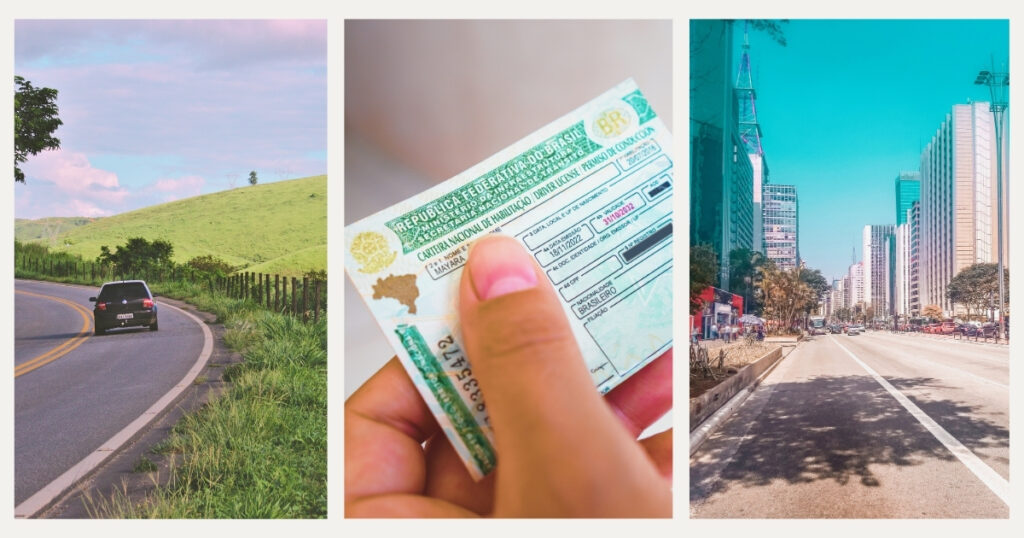
When planning to drive with your driver’s license in Brazil, understanding regional differences is essential for safety and compliance.
Urban vs. rural driving
Brazil’s major cities feature well-developed roads but come with intense traffic congestion and aggressive driving styles. Rural driving presents different challenges with varying road conditions and limited GPS coverage, especially during the rainy season when roads can become difficult to navigate.
🌟 Pro tip: when driving in unfamiliar areas, particularly rural regions, always check road conditions in advance and download offline maps, as internet connectivity may be unreliable in remote locations.
State-specific traffic regulations
While Brazil has a national traffic code, enforcement and specific regulations can vary by state. São Paulo and other large cities have implemented rodízio systems that restrict vehicles from driving in certain areas on specific days based on the last digit of the license plate.
Seasonal driving considerations in Brazil
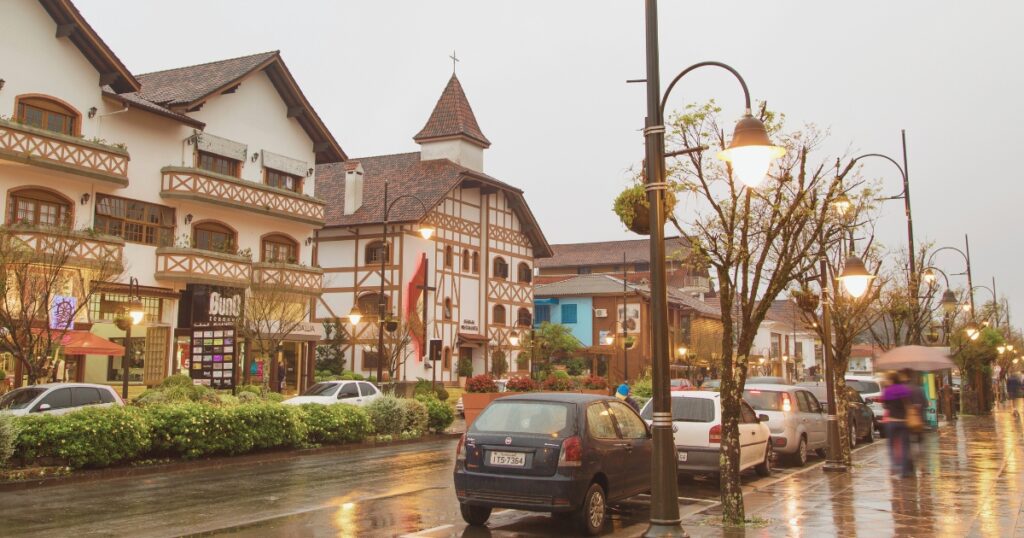
Brazil’s diverse climate zones significantly impact driving conditions throughout the year.
Weather patterns and road conditions
The rainy season (December to May in many regions) can lead to flooded roads and reduced visibility, particularly in the Amazon and Northeast regions. The dry season (May to September) offers more reliable driving conditions but can create dusty conditions on unpaved roads, reducing visibility.
Holiday and festival traffic
Brazil’s festivals and holidays significantly impact traffic patterns. Carnival, Christmas, New Year, and July school holidays create mass migrations to tourist destinations, resulting in congestion on highways connecting major cities to coastal areas.
🌟 Pro tip: avoid traveling on highways the day before and after major holidays or plan to drive during off-peak hours to avoid the worst congestion.
Digital infrastructure for drivers in Brazil
For digital nomads, staying connected while on the road is essential for navigation, work commitments, and safety.
Mobile connectivity on Brazilian roads
Brazil’s mobile network coverage is extensive in urban areas and along major highways but can be spotty in rural and remote regions. The four main carriers—Vivo, Claro, TIM, and Oi—offer different coverage strengths depending on the region.
🌟 Pro tip: consider using Holafly’s eSIM for seamless connectivity across Brazil. An eSIM eliminates the need to purchase and swap physical SIM cards, allowing you to stay connected throughout your journey, whether you’re navigating busy city streets or exploring remote coastal roads.
Navigation and driving apps
Specialized apps like Waze are particularly valuable in Brazilian cities due to their real-time traffic updates. For remote areas, apps with offline mapping capabilities are essential. Local driving apps include Sem Parar for electronic toll payment and Preço da Gasolina for finding the best fuel prices.
Renting a car in Brazil with a foreign license

Renting a car in Brazil is straightforward, and an International Driving Permit is often required if your license is not in Portuguese. Most rental agencies also ask for a valid passport, credit card, and proof of insurance.
Car rental agreements typically include basic liability insurance, but additional coverage for theft and damage is recommended. To protect yourself while driving, ensure you have adequate travel or vehicle insurance.
💡 Pro tip: some credit cards offer car rental insurance benefits, but confirm that they’re valid in Brazil before relying on them.
Emergency preparedness on Brazilian roads
When driving with your driver’s license in Brazil, being prepared for emergencies is essential, especially when traveling between cities or in remote areas.
Brazil’s emergency numbers are: 190 (police), 192 (ambulance), and 193 (fire department). The highway patrol can be reached at 191. Brazilian law requires vehicles to carry certain safety equipment, including a warning triangle, fire extinguisher, spare tire, and wheel wrench.
💡 Did you know? Many Brazilian highways have emergency phones installed at regular intervals, marked with an “S.O.S” sign, providing direct communication with emergency services even in areas with poor mobile coverage.
Ready to hit the road in Brazil?
Securing a driver’s license in Brazil ensures you can explore the country’s stunning landscapes and vibrant cities at your own pace. From the bustling streets of São Paulo to the serene beaches of Rio de Janeiro, having the right license and understanding the driving rules makes your journey worry-free.
🌍 Plan your adventure today! Visit Nomada for more resources and tips for digital nomads exploring Brazil.
Frequently asked questions about driver’s license in Brazil
Yes, but only for up to 180 days if accompanied by an International Driving Permit. Your original license must be valid and not expired. After 180 days, continuing to drive without converting to a Brazilian license is illegal and can result in fines if you’re stopped at a traffic checkpoint. For digital nomads planning longer stays, starting the conversion process early is essential.
The process can take several weeks to months, depending on whether you’re converting a license or starting from scratch. License conversion typically takes 2-4 weeks after submitting all required documents. Obtaining a new license from scratch can take 2-3 months, as it involves mandatory driving lessons, theory classes, and scheduling for both written and practical exams.
Yes, if you’re using a foreign license, an IDP is required for translation purposes. Traffic police may request to see both your original license and the IDP during routine stops. Without an IDP, your foreign license alone may not be recognized as valid, potentially resulting in fines and complications. The IDP must be issued by the proper authority in your home country before traveling to Brazil.
Driving without a valid license can result in fines ranging from R$293 to R$880, vehicle impoundment, and other legal consequences. The vehicle may be held until a licensed driver can retrieve it, and you could receive infraction points if you have a Brazilian license. For digital nomads, these complications can significantly disrupt your stay and work schedule in Brazil.
If your country has an agreement with Brazil, you can convert your license without taking a practical driving test. You’ll still need to complete the medical examination and may need to take a simplified theory test in some states. Countries with reciprocal agreements include most EU members, Argentina, Chile, Uruguay, and others. For countries without agreements, a full driving test is typically required.
The cost varies by state but typically ranges between R$1,500-3,000 (approximately $300-600 USD) for a new license. Converting a foreign license is less expensive, usually costing between R$200-500 ($40-100 USD).
You’ll need your original valid driver’s license, a certified Portuguese translation, your passport or RNE (foreign resident ID), proof of residence in Brazil, CPF (Brazilian tax ID), and medical examination results.
The only mandatory insurance is DPVAT (Personal Injury Caused by Motor Vehicles), included in vehicle registration fees. Comprehensive insurance (seguro total) is highly recommended for additional protection.





